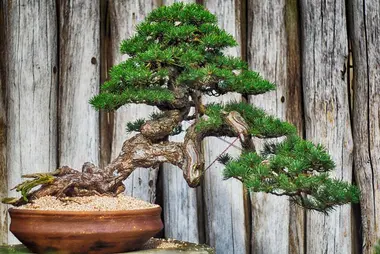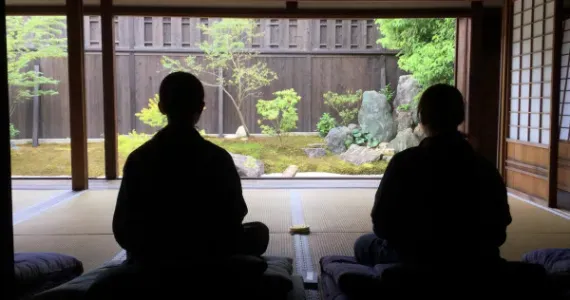Recharge your batteries with Zen 禅の恩恵
Zen in peace
Zen Buddhism is known around the world for its relaxation practices. The proper name has even become an adjective in everyday language, synonymous with "calm". Zen can be a good solution to revitalize bodies and minds tired by modern day life.
Meditation
Zen Buddhism is known for its practice of meditation. The most well known is zazen, literally "seated meditation". The practitioner can adopt several positions (in lotus, cross-legged) and for 30 to 50 minutes to meditate, with a regular breathing rhythm, and long exhalation. Your mind must be clear of thoughts during meditation and you need to focus on your breathing. Usually practiced in a dojo or even in a zendo or "meditation room", meditation can also be performed alone, at home, in a quite space. Japanese medical studies conducted in the 1960s show that the practice achieves a state of well-being and serenity.
Visit a Zen temple
Zen temples, where many practice meditation, are also the ideal place to relax. They are usually located in quieter areas, built with meditation in mind, allowing you to escape the hectic modern world. Embellished with Zen gardens, where among the sands, rocks and gravel, here and there islets of moss grow like so many small inslands in a big gray sea. Voluntarily abstract and refined, these gardens help visitors to unclutter the mind and to find serenity by being in the present, even if only temporary, forgetting the worries of everyday life.
Also read: The Zen temples of Kyoto
Adopt the Zen aesthetic
Zen is not only a practice or a place; it can also be an asset of our everyday life. Derived from Zen Buddhism, the concept of "wabi-sabi" ( "wabi" meaning "rustic simplicity" and "sabi" "serenity that comes with age") invites you to observe the world with simplicity, and accept the perfectly imperfect. The wabi puts us in front of the modesty that is ours in front of the great natural phenomena while the sabi makes us appreciate simple, imperfect, perishable objects. This aesthetic is found in traditional art (bonsai) or in crafts (ceramic).
Also read: Ikigai, the secret of Japanese happiness
















